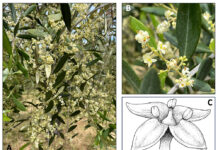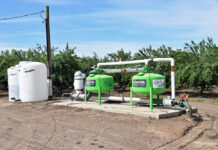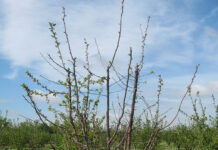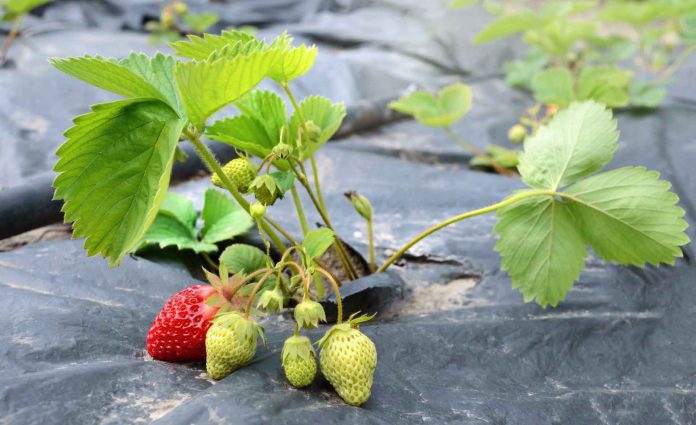Weed competition can have a serious impact on growth and productivity in commercial strawberry production. The diversity of climates among California’s growing regions requires different weed management options. The high-value of this crop, long-season and the fact that it is hand harvested twice weekly requires an effective weed control program.
Steve Fennimore, UC Cooperative Extension weed specialist, based in Salinas, said by far the most common tools used to suppress weeds in conventionally grown strawberry fields post planting are opaque mulches, pre-plant fumigation, hand weeding and herbicides.
Mulches are dark color films that restrict light and shade out weeds. In southern coastal areas, clear plastic is used to warm the ground and achieve an earlier harvest, but clear films can also promote weed growth. Fumigants and herbicides are used in conjunction with the clear film to control weeds.
In addition to pre-plant fumigation, placing clear film on the strawberry bed tops promote plant growth and opaque film on the sides of the beds is another weed control option. UC IPM Guidelines recommend securing opaque mulches to the soil prior to transplanting strawberry plants. Slits are made in the mulch at desired spacing. The smallest hole possible to insert plants will help minimize weed growth and seed deposition.
Of the common weeds in strawberry production, yellow nutsedge is one that cannot be controlled by using an opaque mulch as the shoots can puncture the mulch and grow through it. This is a perennial weed that grows from tubers capable of survival in the soil for three years.
Soil solarization is another technique for weed suppression in organic strawberry production. This strategy works where warm daytime temperatures are sustained, but is not effective in cooler coastal regions. This strategy, pre-plant, involves covering the soil with clear plastic and wetting the soil to field capacity. University of California research showed that temperatures of 108 to 131 degrees F could be reached in the top two inches of the soil. The plastic is left on four to six weeks. Solarization to kill weed seeds is most effective in the two 12 inches of soil. While solarization works for weed control, the heat generally does not penetrate deep enough to kill pathogens deeper in the soil.
Soil treatment with steam has also been effective in killing weeds, but lethal temperatures have to be reached in soil to kill weeds with propagules are present and it requires specialized equipment.
Anaerobic soil disinfestation can reduce the numbers of many annual weeds but it has limited efficacy on perennial weeds.















